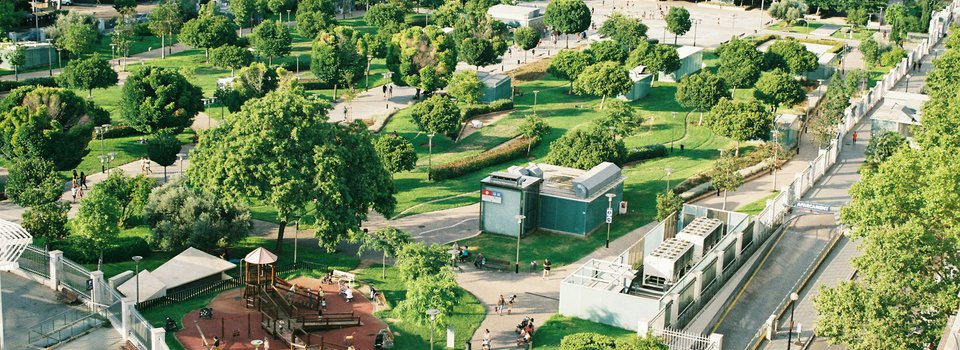For the most recent podcast episode in our “The Three Pillars of Sustainability” podcast series, we had the privilege of interviewing urban designer Robert Lipka to chat.
Robert Lipka is currently a principal urban designer at the City of Edmonton; in this role, he provides reviews in urban design, universal design & CPTED, and he has 6+ years of experience doing so. Robert also teaches a municipal planning course at the University of Alberta and worked as an urban planner in New Zealand in the past.
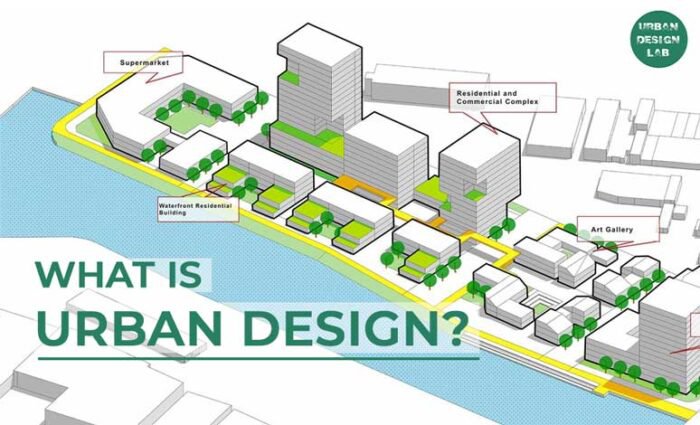
“Urban design is the art of making places that work for people. It is about making connections between people and places through the arrangement and design of buildings. It generally deals with the space around, between and within buildings that are publicly accessible.“ - City of Edmonton
What is Urban Design?
For those who have never heard of urban design before, urban design can be described as designing a public realm that is accessible, safe, and enjoyable for everyone. In urban planning and design “public realm” can range from roads and infrastructure, public transportation, main streets, parks, and arts and culture. Essentially, anywhere that isn’t private property is considered to be the public realm!
Urban design isn’t just about making things pretty. Quality urban design makes cities more functional, attractive and sustainable. A city’s urban design greatly impacts people’s day-to-day lives.
The 7 Principles of Urban Design:
- Quality of Public Realm: a sense of place and history.
- Continuity and Enclosure: the distinction between public and private places.
- Character: a sense of well-being and amenity.
- Ease of Movement: connectivity and permeability.
- Legibility: ease of understanding – where am I?
- Adaptability: able to change and adapt for present and future uses.
- Diversity: variety is ‘the spice of life’ – a mix of uses and building forms.
Podcast Highlights
If you haven’t already done so, you should give our podcast a listen! But if podcasts aren’t your thing, here is a brief summary of our conversation with Robert and the topics we covered:
- The importance of urban design in fostering community within cities and the challenges to implementing good urban design.
- Car dependence and how it is a major urban design issue in Edmonton.
- How urban design can facilitate social interaction and accessibility: Robert emphasizes the need for better connectivity and designing the built environment for people of all ages and abilities.
- The impact of zoning on social segregation and how urban planning can impact socially disadvantaged groups.
- Hostile architecture, such as benches designed to prevent people without homes from sleeping on them, is not an effective solution. Instead, urban planning should focus on addressing the larger issues and providing infrastructure to improve the lives of all community members.
- The City of Edmonton is focused on reducing the overall footprint of the city’s built environment, including hard surfacing, and incorporating low-impact design elements like tree trenches to improve biodiversity.
- The City of Edmonton is embracing GBA+ (gender-based analysis) to ensure that the built environment is accessible to all, including people with disabilities, different races, ethnicities, religions, and ages.
Urban Design Resources
As mentioned in the podcast, Robert Lipka has shared some urban design resources for those interested in further exploring the topic!
Urban Design Policy
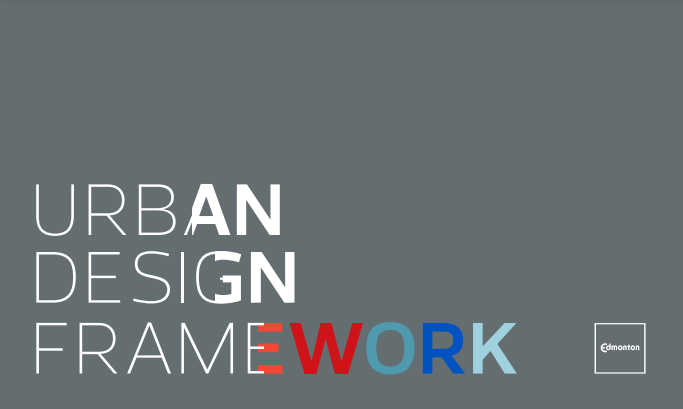
City of Edmonton:
- Urban Design Unit
- Urban Design Manual
United Kingdom – National Design Guide – worth a look.
New Zealand – Urban Design Protocol – getting a bit dated now but still good.
Universal Design
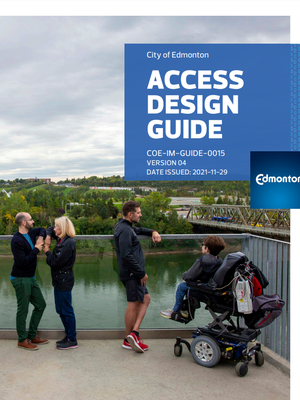
The Basics of Universal Design and Its’ Principles
City of Edmonton information related to Universal Design (Accessibility):
Crime Prevention Through Environmental Design (CPTED)
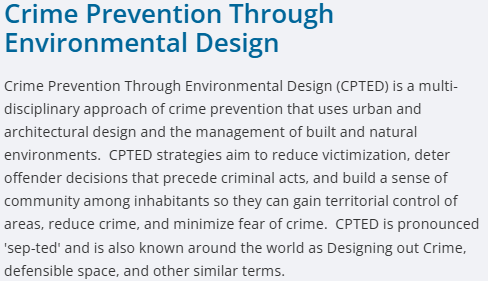
Here are some basics if you are interested:
- CPTED – City of Edmonton Police
- Design Guide for a Safer City – City of Edmonton
- CPTED in New Zealand
Gender-based Analysis Plus (GBA Plus)
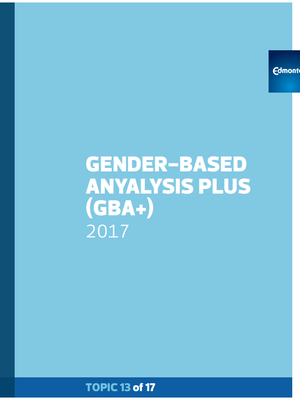
If you’ve made it this far and still have questions, Robert can be reached at robert.lipka@edmonton.ca. Don’t hesitate to reach out—he’s always down to have a chat about urban design!
Written by Callista Kruger
References
Image 1: Urban Design Lab – What is Urban Planning? https://urbandesignlab.in/what-is-urban-design (a good read for those interested)
The 7 Principles of Urban Design – Commission for Architecture and the Built Environment (CABE). Has since been replaced by the National Design Guide in the UK.
Image 2: City of Edmonton – Urban Design Framework. https://www.edmonton.ca/public-files/assets/document?path=Urban-Design-Framework-2015.pdf
Image 3: City of Edmonton – Access Design Guide. https://www.edmonton.ca/public-files/assets/document?path=PDF/AFE-AccessDesignGuide.pdf
Image 4: Edmonton Police Service – Crime Prevention Through Environmental Design. https://www.edmontonpolice.ca/CrimePrevention/CommunitySafety/CPTED
Image 5: City of Edmonton – Gender-Based Analysis Plus (GBA+) 2017. https://webdocs.edmonton.ca/siredocs/published_meetings/120/677815.pdf


